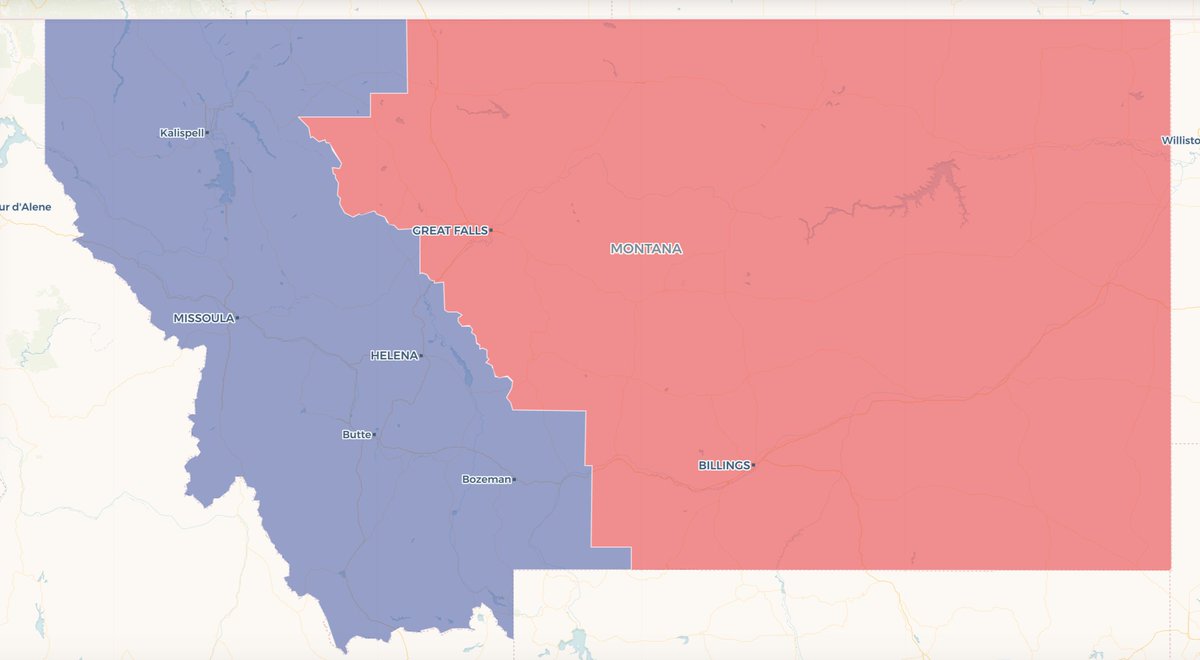
NEBRASKA: Republicans control redistricting and hold a 3-0 monopoly on House seats, but it's high steaks nonetheless - Omaha's #NE02 has been highly competitive and Biden captured its lone Electoral Vote in 2020. 

Pretty much the only way for the GOP unicameral to wrest #NE02 back into the red column would be to split Omaha. Adding the rest of Sarpy Co. (Bellevue) to #NE02 and moving Omaha's bluest precincts into #NE03 (below) would flip #NE02 from Biden +6 to Trump +1. 

However, splitting up Omaha and diluting its Black vote could run into stiff opposition from civic groups & potentially courts. We'll see how it unfolds.
I should add, the map above might not be the limit of how aggressive Republicans could get. In the example below, all three districts including #NE02 would've voted for Trump by 12+ points in 2020. 

As some commenters have noted, Republicans are slightly short of a filibuster-proof majority in the (technically nonpartisan) unicameral (~32R-17D), so that would be the main constraint on this type of hyper-aggression.
• • •
Missing some Tweet in this thread? You can try to
force a refresh














